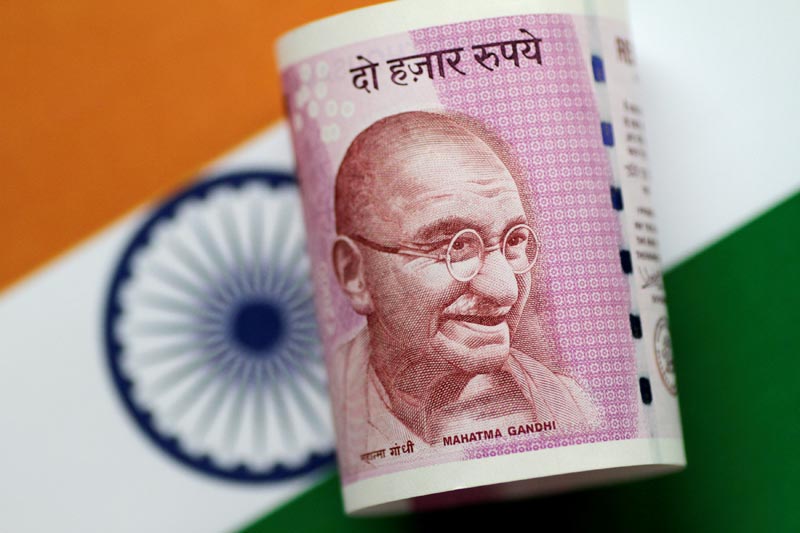Export basket to India witnesses changes in new tax regime
Kathmandu, February 13
At a time when trade of major export items to India has been declining following the enforcement of goods and services tax (GST) in the southern neighbour, new products have emerged as top export items in recent months.
Earlier juice, cardamom, textiles and jute goods used to be major export commodities to the southern neighbour. However, export of these products has been less than encouraging in the recent months. As the government of India reviewed tariff structure in the new tax regime and introduced integrated GST (IGST) consolidating state level tariff and central government’s tax on imports, it has become costlier to export to India, according to traders.
In the meantime, export of cattle feed has increased substantially and emerged as one of the top export items to India. The country exported cattle feed worth Rs 2.41 billion in the first half of this fiscal, as per data from Nepal Rastra Bank.
Industries producing cattle feed said that items including oil cakes are being exported to India under the category of ‘cattle feed’.
“Export of finished products (cattle feed) may not have increased considerably, but export of raw items (mustard oil cake, among others) has increased substantially,” said Anand Bagariya, managing director of feed producing company named Nimbus Holdings Ltd.
It seems the country’s export basket to India would see gradual change as the products that were known as the major export items to India in the pre-GST regime are not very competitive in the new tax regime.
International trade expert and former commerce secretary Purushottam Ojha said that the commodities in export basket to India are finding it hard to be sustainable. Earlier the Nepali industries that used to enjoy duty protection regime would take advantage of duty differences between India and Nepal, according to him.
“Following the Nepal-India trade treaty of 1996, which had provided more liberal framework in trade relationship, vegetable ghee and zinc oxide, among others became major export items to the southern neighbour.” Later, export of ginger to India increased substantially but the major export commodities that emerged in different time intervals are not sustaining for long, as per experts.
Trade experts opine that both the countries have to promote competitive trade and also support balanced trade between two countries.
While two-thirds of Nepal’s trade takes place with India, the trade deficit is widening with the southern neighbour as export growth is low compared to skyrocketing import. The country exported goods worth Rs 23.07 billion in the first half of current fiscal 2017-18 against import of Rs 352.5 billion. Import growth from India stood at 15 per cent in the review period whereas export growth to India came in at 13 per cent.
Nepal’s import concentration with India is increasing as it is comparatively cheaper to import goods from India compared to other countries due to fixed exchange regime between the two countries.
However, trade experts have said that the introduction of GST in India has provided an opportunity for Nepali exporters to diversify their trade because export to the Indian market has now become less competitive.






